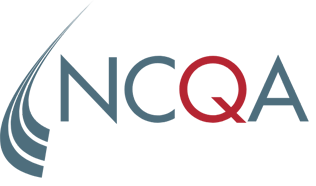For elements that are reviewed and scored by product line, NCQA expects to see evidence or documentation for each product line. Each product line is scored separately.
For reports, it is acceptable to have one document if the data or analysis for each product line is clearly separated within the document. If a single documented process or policy and procedure applies to multiple product lines, the documented process must state the product lines to which it applies. For materials, if a single document applies to more than one product line, the organization must demonstrate this.
For elements that are not designated to be reviewed and scored by product line, NCQA reviews one document for the element if the product lines are managed the same. Documentation must demonstrate that it applies to all product lines included in the survey (e.g., data and analysis may be combined for a report, but it must be clear that they represent all included product lines).
Evidence in documentation does not need to be separated by product lines; all product lines receive the same score. However, if product lines are managed differently, the element is treated as if it was designated to be reviewed and scored by product line, as described above.
HP 2020

